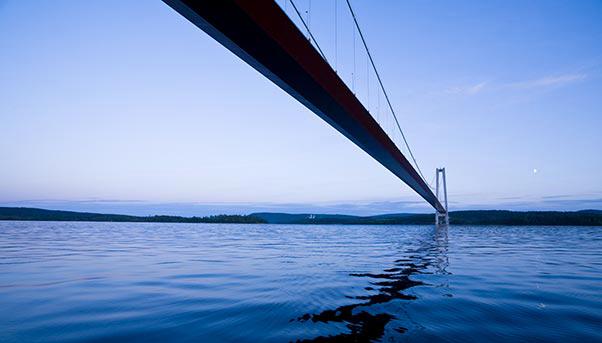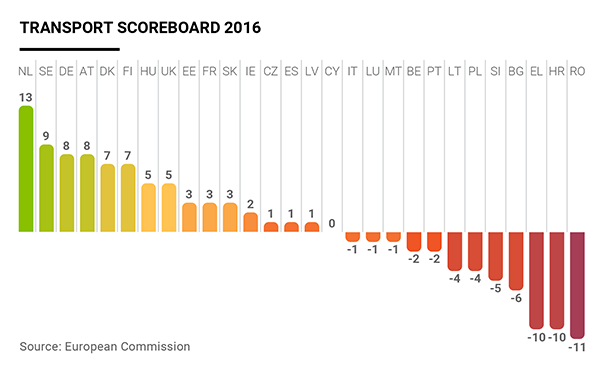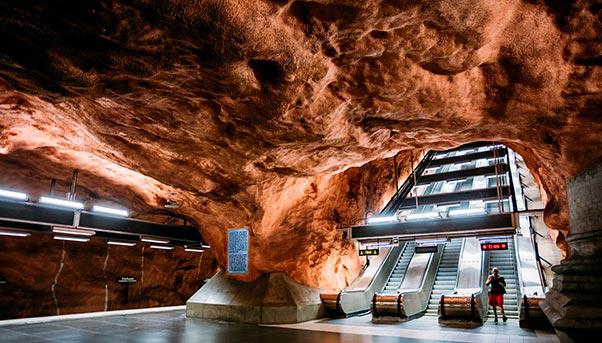
Northern member states of the European Union are leading the region’s drive to improve its transport infrastructure and create an interconnected internal market – a project involving the investment of billions of euros in everything from roads to railways.
States like the Netherlands and Denmark are at the top of the latest scoreboard produced by the European Commission, the EU’s executive body, on the state of the infrastructure sector in every aspect among the EU’s 28 member states.
In fact, the Netherlands ranks first for the third year in a row. Its overall score in 15 categories (calculated by subtracting negatives scores from positives ones) for the 2015-2016 period was a plus 13.
«The Dutch transport infrastructure receives top ratings,» said the Commission in an October 27 statement. «Marks for its roads, ports and airports are the highest across the EU.»
Sweden came in second with a 9, followed by Germany and Austria, each with a score of 8, while Denmark came in fifth with a 7. «While they have different strengths, they all share a solid framework for investment, good transport safety scores, and a good record of implementing EU law», read the statement.
Italy, one of the founding members of the EU, was much farther behind, trailing in 17th place with a score of minus 1.
The country with the worst score, however, was Romania with a minus 11.

The purpose of the scoreboard - which draws its conclusions from data provided by Eurostat, the European Environment Agency and the World Economic Forum - is to help member states identify areas in which they need to invest to improve the internal market and shift towards mobility with lower harmful emissions. These goals are priorities for the Commission led by Jean-Claude Juncker.
«It is a useful tool for us… to identify where we do well and where further investment and actions are needed,» EU Commissioner for Transport Violeta Bulc is quoted by the statement as saying. «My objective is to have a high quality, decarbonised, fully integrated and efficient transport system.»
Investing in infrastructure is a priority for the Commission because it sees it as a way to create jobs and give the region’s moribund economy an extra boost. The Commission is lending a hand by offering massive amounts of funding. Under the Connecting Europe Facility (CEF), for example, it is making available €24.05 billion from the EU’s 2014-2020 budget to co-fund the projects designated for the trans-European transport network (TEN-T). They include the Brenner Base Tunnel between Italy and Austria. Once completed, it will be the longest underground rail connection in the world at 55 kilometres.

The Commission’s Investment Plan, meanwhile, is aimed at attracting private investment in the sector by removing obstacles to investment, providing technical assistance, among other measures.
As for the progress being made by each member state, the scoreboard shows how the Netherlands excels in three categories.
On a score of 1 to 7 (with 1 meaning the quality of the infrastructure is extremely underdeveloped and 7 extensive and efficient), the country had a 6.14 for roads. France was second with 6.05, then Austria with 5.99, Portugal with 5.91 and Denmark with 5.71.
For the quality of ports infrastructure, the Netherlands, which has the largest facilities in Europe in Rotterdam, had 6.78, Belgium 6.30, Finland 6.25, Denmark 5.73 and Germany 5.62. For airports, the third category in which the Netherlands had the highest result, the scoreboard gave it a 6.46 against Finland at 6.24, Germany at 5.89, France at 5.87 and Spain at 5.85.
In one of its observations about the state of infrastructure across the EU, the Commission said consumer satisfaction with all modes of transport – whether it be urban, rail or air – was rising. «This suggests that people's needs are understood and that the right investment decisions are being taken.»


